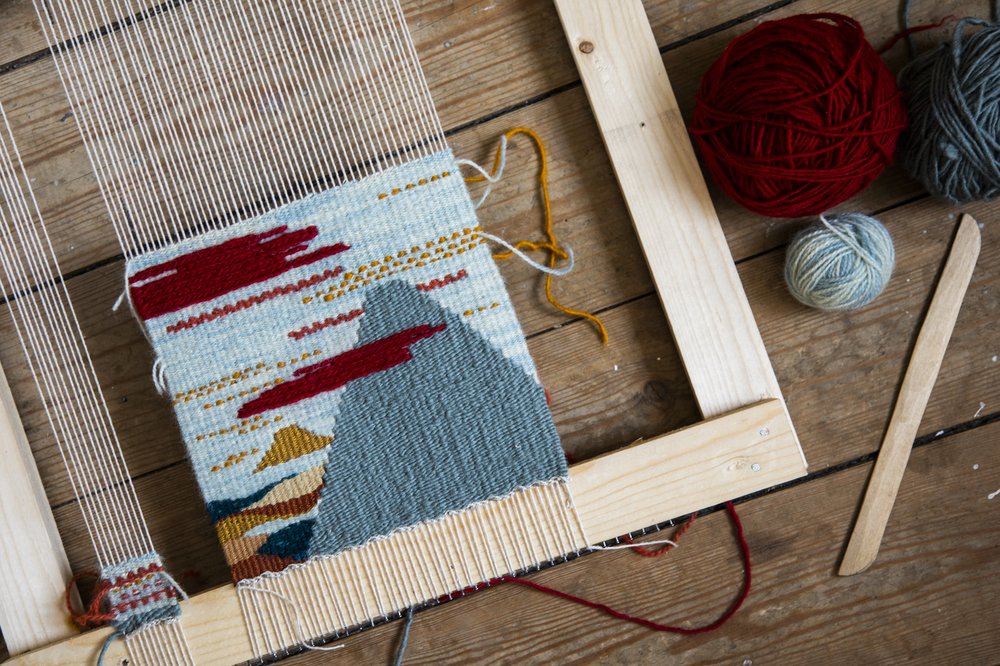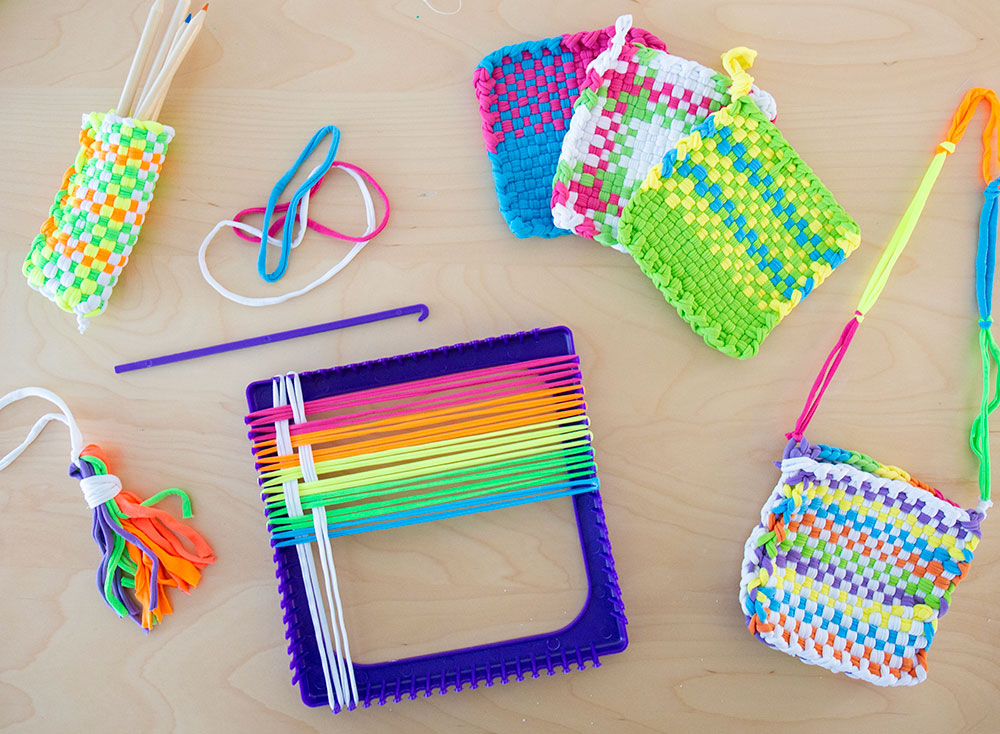In a world dominated by mass-produced textiles, there’s a growing movement towards rediscovering the art of hand weaving. “Weaving Wonders: Unleashing Creativity with Homemade Looms” explores the resurgence of interest in crafting textiles at home using handmade looms. This article delves into the reasons behind the popularity of DIY weaving, the types of homemade looms available, and the creative wonders that can be achieved through this age-old craft.
Rediscovering Tradition in the Modern Age
As technology advances, people are increasingly seeking ways to reconnect with traditional crafts and skills. Weaving, a practice as ancient as human civilization, has found a new following in the form of homemade looms. Enthusiasts are drawn to the tactile and meditative nature of the craft, using it as a way to disconnect from the digital world and engage in a hands-on, artistic endeavor.
Types of Homemade Looms
The beauty of homemade looms lies in their diversity and adaptability. This section explores various types of DIY looms that individuals can create or purchase for their weaving projects:
- Cardboard Looms: Affordable and easily accessible, cardboard looms are an excellent entry point for beginners. Crafters can experiment with different yarns and patterns without a significant initial investment.
- Frame Looms: More sturdy and versatile, frame looms offer a larger weaving surface and are suitable for creating larger textiles. They can be made from wood, PVC pipe, or even repurposed materials, allowing for customization based on the weaver’s preferences.
- Branch or Stick Looms: For those who prefer a more rustic and natural approach, branch or stick looms provide a unique weaving experience. They often involve minimal setup and are an eco-friendly alternative to traditional looms.
Crafting Your Own Textile Masterpieces at Home
The heart of this article explores the transformative journey of crafting textile masterpieces at home. It emphasizes the sense of accomplishment and fulfillment that comes with creating something beautiful and functional with one’s own hands. Here are key points covered:
- Expressing Individuality: Homemade looms empower individuals to express their unique style and creativity. Weavers can experiment with colors, textures, and patterns, resulting in one-of-a-kind pieces that reflect their personal aesthetic.
- Therapeutic Benefits: Weaving is not just a creative outlet; it also offers therapeutic benefits. The repetitive motion of the shuttle and the focus required for intricate patterns contribute to stress relief and mindfulness.
- Connecting Generations: DIY looms provide an opportunity for intergenerational bonding. Families can come together to share weaving techniques, stories, and traditions, creating a sense of continuity and connection through the ages.
Conclusion
“Weaving Wonders” captures the essence of a growing movement that celebrates the art of hand weaving. Whether it’s the joy of creating a unique piece of art, the meditative nature of the craft, or the desire to reconnect with tradition, homemade looms offer a gateway to a world of creative possibilities.

